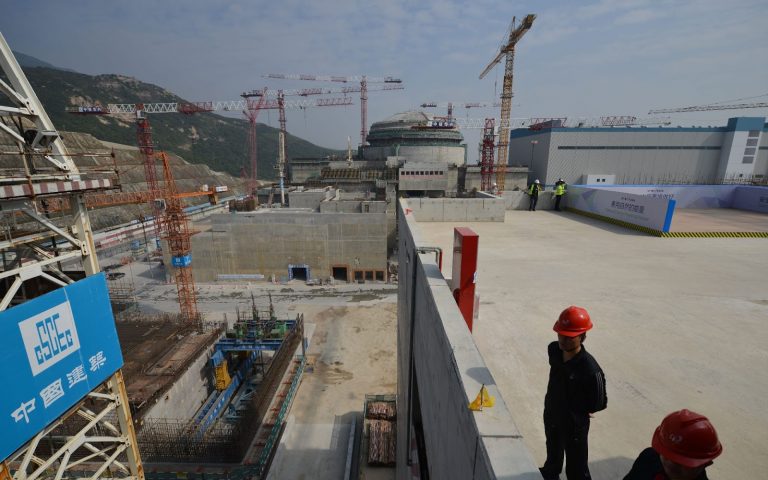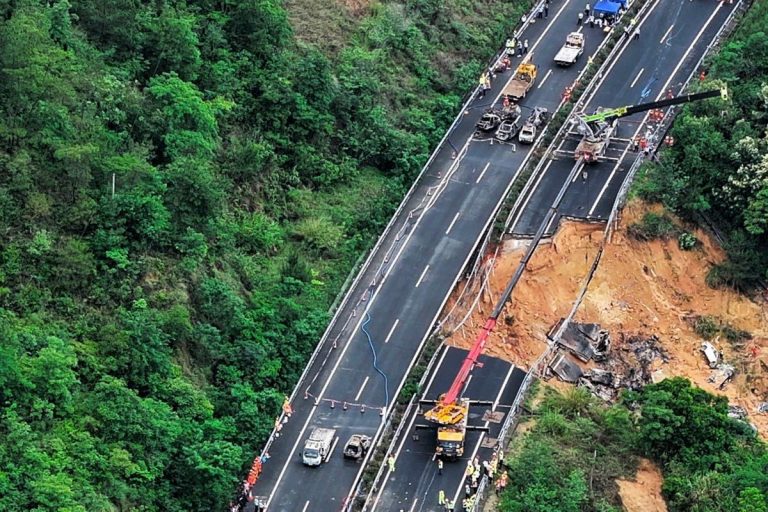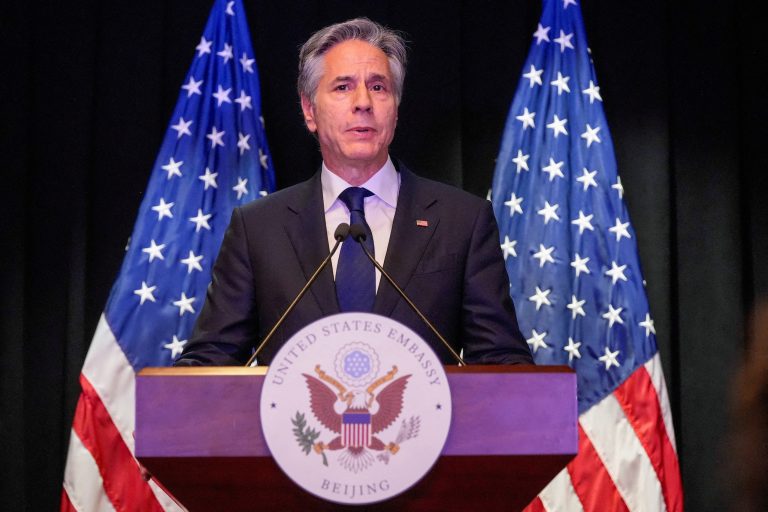What was reported as an “imminent radiological threat” by Framatome, the company that designed and helps operate China’s Taishan nuclear power plant, was deemed no cause for alarm by the National Nuclear Safety Administrator responsible for the power plant’s regulation.
The alarm was raised after CNN reported that the U.S. was investigating reports of a leak at the nuclear power plant located approximately 125 miles from Hong Kong in southern China’s Guangdong Province.
Framatome filed the report indicating an “imminent radiological threat.” The French nuclear energy firm is involved with the operation of the Taishan plant, which China General Nuclear Power Group (CGN) is a majority owner in.
What’s happening
A build up of inert gases, krypton and xenon, that are affecting Taishan Unit 1 were detected at the plant.
Officials responsible for Taishan say that it is a “known phenomenon, studied and provided for in the reactor operating procedures,” and that the operations at the plant met safety rules, Reuters reported.
Success
You are now signed up for our newsletter
Success
Check your email to complete sign up
As of Monday, June 14, radiation levels at the plant were still normal. The site is being monitored, in real time, by the National Nuclear Safety Administration (NNSA).
Framatome has accused the NNSA of raising the acceptable radiation limits outside the Taishan plant to avoid a shutdown but the NNSA has stated that they have only changed the limit for inert gases.
U.S. officials are saying that the risk to the public is currently minimal but remain involved.
A statement by the NNSA reads, “Due to the influence of uncontrollable factors in fuel manufacturing, transportation, loading and other links, a small amount of fuel rod damage is inevitable,” adding that the ratio of damaged rods is “less than 0.01 percent” and that it was a “common phenomenon,” as reported by the South China Morning Post.
Recent nuclear power incidents
Per NNSA incident reports the nuclear power plant has a history of incurring minor safety infractions.
In March an automatic shutdown was triggered when human error caused an electrical malfunction. In April a leak of radioactive gas entered a pipe at Unit 1’s waste gas treatment system setting off alarms and endangering workers that were attempting to seal off the pipe.
Hong Kong’s secretary for Security, John Lee Ka-chiu said on Wednesday that municipal authorities had received information concerning the status of the plant and that they have been assured that it is “operating within all the requirements regarding nuclear power safety.”
Meanwhile, EDF continues to investigate the situation, but has given no indication as to when an official report will be published.
China’s nuclear ambitions
Nuclear power is a key component of the People’s Republic of China (PRC) government’s carbon emission targets and a key strategy in addressing the country’s massive air pollution problem.
The PRC has become largely self-sufficient in reactor design and construction and utilizes Western technology while partnering with companies like EDF. China currently operates 50 reactors with another 18 under construction, according to the World Nuclear Association.
While China is one of the world’s largest producers of nuclear power, most of China’s electricity is still generated through the burning of fossil fuels, predominantly coal. As of 2019 sixty-nine percent of all electricity generated in China had coal as its source.
The International Energy Agency (IEA) states that China has the most power capacity installed of any country on earth, having experienced an 85-percent increase since 2011.
A rapid rise in demand has caused power shortages across China, and trade and diplomatic disputes with Australia have seen import volumes for coal dwindle to near zero, placing added pressure on the essential infrastructure.
China is also pursuing nuclear fusion power generation. The goal is to begin generating power from an experimental nuclear fusion reactor by 2040.














